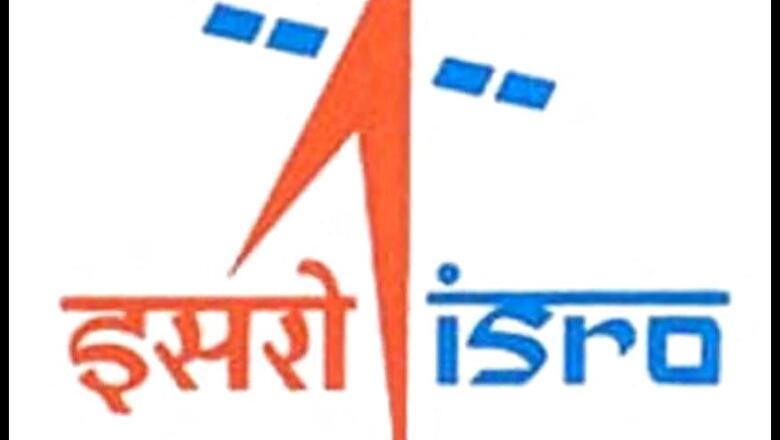
views
Chennai: India's ambition to send men to the deep sea in a submersible vehicle appears to be one step closer to fruition with ISRO successfully developing a design for its crew module, a sphere shaped capsule.
"The design for the manned submersible's sphere has been successfully developed by ISRO. Now it has to be certified and then we will go ahead with the fabrication," Secretary, Ministry of Earth Sciences, Madhavan Nair Rajeevan said.
Interacting with journalists on the sidelines of the silver jubilee celebrations of the National Institute of Ocean Technology here, the top official said that designing the sphere (intended to be built using titanium) involved complex technology.
"ISRO has developed the design and it will be sent to an international agency for certification," he said, adding that the Indian space agency has taken up both designing as well as fabrication -at a later stage- of the sphere.
A three member crew can be accommodated in the sphere, one of the key components of the manned submersible vehicle.
"Work is already on for the deep ocean mission and scientific and technical work has started," he said.
An MoU has already been signed between the ISRO and NIOT on development of the module.
NIOT is tasked with aspects like electronics and navigation for the manned submersible.
Also, multiple agencies, including the Goa-based National Centre for Polar and Ocean Research, Centre for Marine Living Resources and Ecology at Kochi and Indian National Centre for Ocean Information Services (Hyderabad) are involved in the initiatives.
The submersible vehicle is expected to travel to a depth of approximately 6,000 metres under the sea for various studies, whereas submarines can reach only about 200 metres.
This initiative is a part of the Deep Ocean Mission.
As part of the ambitious Rs 10,000 crore Deep Ocean Mission, India will also study climate change in the deep oceans.
Studying climate change, marine biodiversity and survey for compounds like hydrocarbons and minerals are part of the deep ocean mission.




















Comments
0 comment